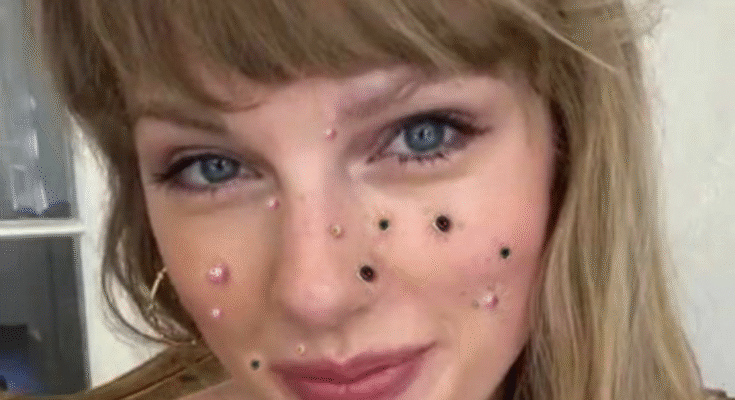Imagine waking up in the morning, looking into the mirror, and instead of seeing your natural glow, your eyes fall on a red, inflamed breakout right in the middle of your forehead. For many, this isn’t just an occasional frustration — it’s a daily reality. Acne isn’t only about blemishes on the skin; it’s an emotional and physical challenge that millions face worldwide, from teenagers going through puberty to adults in their 30s, 40s, and beyond. While it may look like just a “skin issue” on the surface, acne runs deeper than we think, affecting confidence, mental health, and overall well-being.
Acne is a common skin condition that occurs when hair follicles become clogged with oil (sebum) and dead skin cells. It often leads to pimples, blackheads, whiteheads, and sometimes painful cysts. The condition most frequently appears on the face, but it can also affect the back, chest, and shoulders. Despite being so common, acne is often misunderstood, and many people dismiss it as a passing phase of adolescence. However, science shows us that acne is influenced by several factors — hormones, genetics, diet, stress, and even lifestyle choices.
One of the biggest culprits behind acne is hormonal activity. During puberty, the body produces more androgens, which trigger the sebaceous glands to make excess oil. This oil combines with dead skin cells, clogging pores and creating the perfect environment for bacteria to thrive. Adults, too, can experience hormonal fluctuations, whether due to menstrual cycles, pregnancy, or conditions like polycystic ovary syndrome (PCOS), making acne a persistent issue well into adulthood.
Beyond hormones, lifestyle and environmental factors play a role. High stress levels can spike cortisol, leading to increased oil production. Diet, too, has been linked to acne, with studies suggesting that foods high in sugar, refined carbs, and dairy might contribute to breakouts for some individuals. Genetics can also dictate whether someone is more prone to acne, as oily skin types and larger pores can be inherited.
The emotional impact of acne is often overlooked but can be just as significant as the physical symptoms. For teenagers, it can lead to embarrassment, bullying, and social withdrawal. Adults dealing with acne may feel frustrated, believing they should have “outgrown” the problem. Low self-esteem, anxiety, and even depression are not uncommon for people battling persistent breakouts. In this sense, acne becomes more than a cosmetic concern — it is a condition that affects mental health and quality of life.
Fortunately, acne is treatable. Modern dermatology offers a wide range of solutions, from over-the-counter cleansers with salicylic acid or benzoyl peroxide, to prescription medications such as retinoids, antibiotics, and hormonal treatments. Lifestyle adjustments — like stress management, a balanced diet, proper skincare routines, and adequate sleep — can also make a significant difference. What works for one person may not work for another, so treating acne often requires patience, persistence, and sometimes professional guidance.
Equally important is shifting the way we view acne. Society has long promoted flawless, airbrushed skin as the standard of beauty, which can make those with acne feel ashamed or inadequate. But acne doesn’t define a person’s worth, intelligence, or abilities. By understanding the real causes of acne and normalizing conversations around it, we can break the stigma and encourage healthier, more compassionate perspectives.
Conclusion:
Acne is not simply a teenage inconvenience or a matter of “bad hygiene.” It’s a complex skin condition shaped by biology, lifestyle, and emotions. While the pimples and scars may be visible, the impact on self-esteem and mental health runs far deeper. By recognizing acne for what it truly is — a manageable, common condition — and by supporting those who live with it, we take a step toward a world where beauty is defined not by perfect skin, but by confidence, resilience, and self-acceptance.



